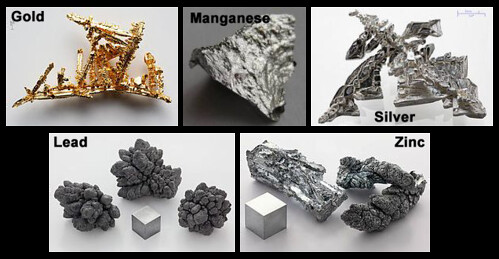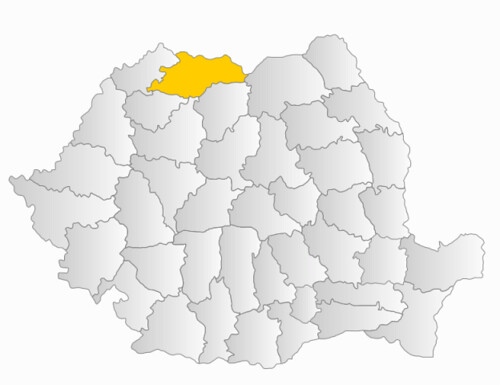There are seven key mining sites in the county, which are potential point sources of pollution. The facilities produce:
(Source: www.wikipedia.org)
For example in Maramures County there are nineteen flotation ponds identified by the local Environmental Protection Agency (EPA). Twelve of these are abandoned and seven are active sites. One of these is the Novat settling pond of the Mining Company Baia Borsa where a dam broke on 10 March, 2000. Overall, the EPA lists 215 dams from mining operations on the territory of Maramures alone.
Location of Maramures County in Romania
Other sources of potential pollution include metallurgical plants. A site of a lead smelter at Baia Mare has been used for 150 years and is reported as being heavily contaminated. Air and water contamination are also reported. Other industrial plants in the area include a copper smelter and sulfuric acid plant. Decades of such industrial activity with insufficient waste treatment, only now being introduced, have resulted in a high level of chronic pollution of the ground, water and air of the region.
The Baia Mare processing plant was in charge of receiving the slurry from the chronically leaking Meda ponds, assessing the level of cyanide in the slurry and adding more if needed. Cyanide levels were monitored and if needed brought to an acceptable range of 0.015 to 0.035% NaCN within the slurry and then pumped into the new tailing dams. Extraction of gold as well as other precious metals was done at this site and remaining tailings were then pumped to the dams. To maximize gold extraction, tailings from the new dam were pumped back to the plant for further extraction of extremely low levels of gold and were then pumped back to the tailing dam.
Click here to find out more on Cyanide & Heavy Metals


